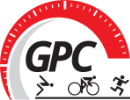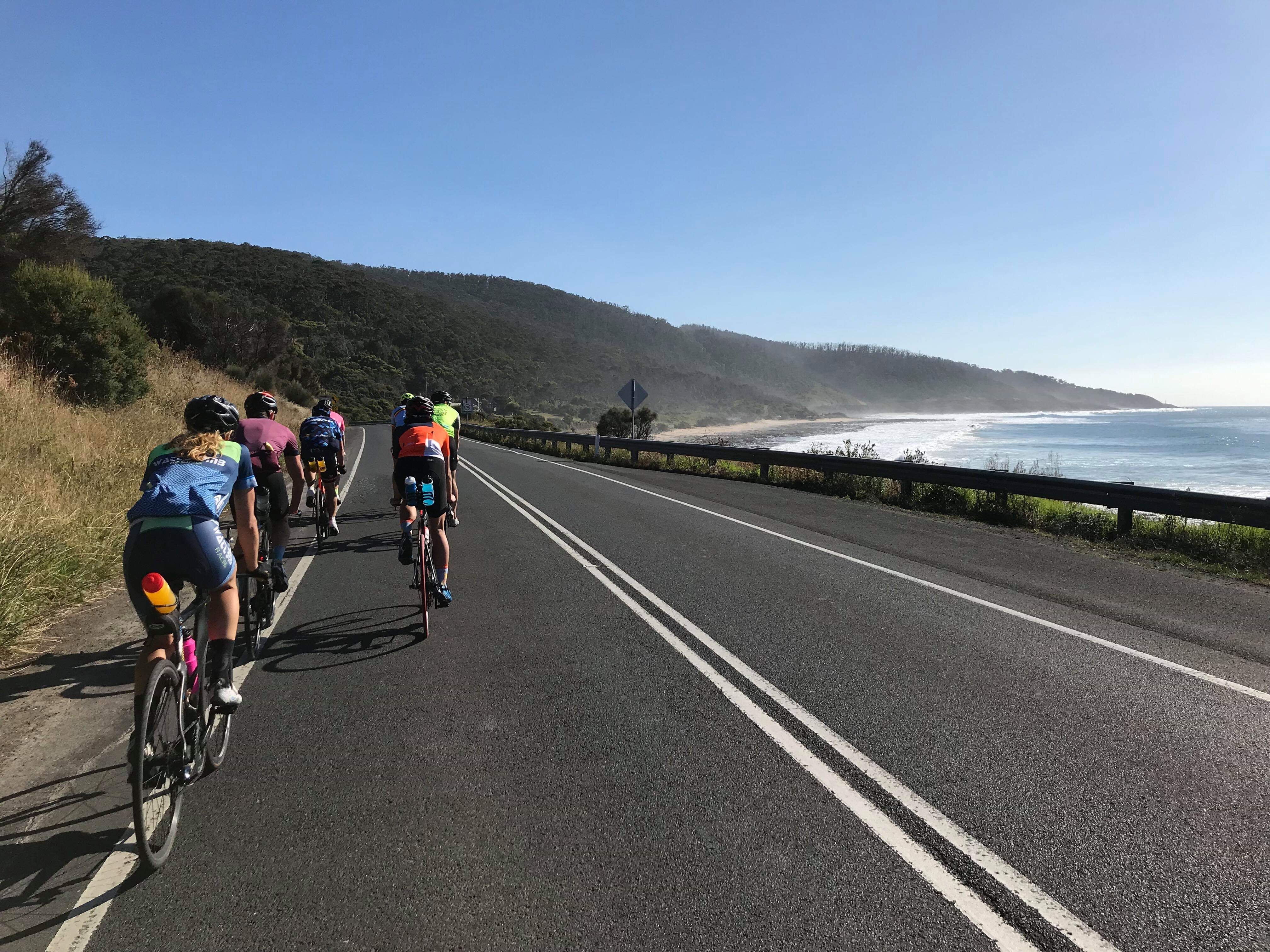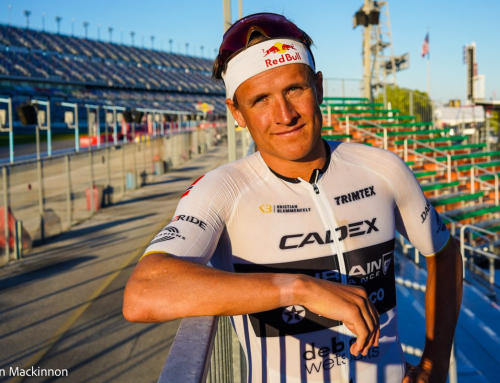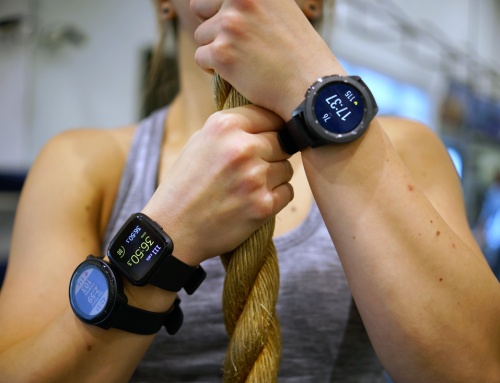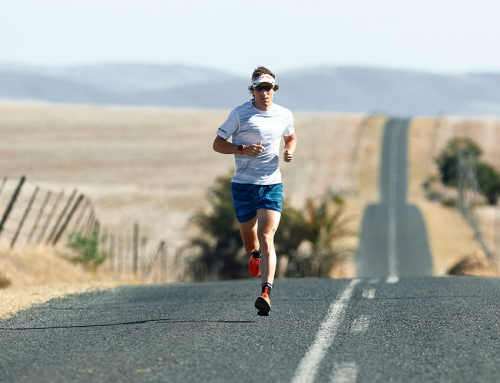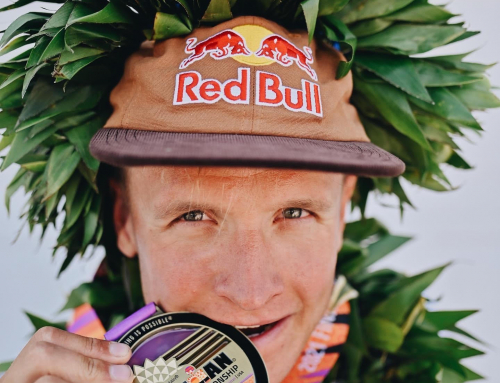Periodisation for Endurance Training
Periodisation is “a process of structuring training into phases in order to maximise the athletes capacity to meet the specific demands of a sport” (Triathlon Australia). It is an important concept to understand for athletes wanting to maximise their training. It can also be referred to as a build, annual planning or training specific for a race with the aim to reach peak fitness for that race.
What is Periodisation?
Many athletes who are fit all year round often fade at the end of the season or they get injured. Those athletes are always running at 90% of their capacity but never at 100%. Why? Because they never go through a proper build. They do too much intensity or racing all year round.
Annual Planning. Training Phases:
- Base endurance/ General Preparation
- Low intensity
- Moderate volume
- Strength focus
- Specific Preparation
- Moderate intensity
- High volume
- Specific to upcoming event
- Pre Competition
- High intensity (with less recovery)
- Moderate volume
- Specific to upcoming event
- Competition
- High intensity (with more recovery)
- Low volume (outside of events)
- Specific to upcoming events
- Transition/ Recovery
- Low intensity
- Low volume
- Non specific
Moving through these phases, you may feel as though you have lost some fitness from your peak fitness, which is true. However, you are building on each successful season’s worth of training to reach a new peak fitness for the next race. Time spent in each phase is highly individual and dependent on the time before the chosen event and experience of the athlete.
Challenges
Endurance athletes are typically A type personalities. The either do something full on or they don’t want to do it at all. Sports like triathlon, long/ultra endurance running and cycling attract this type of person with qualities such as determination & discipline.
It may feel like a punishment if the coach asks them to rest, relax, gain a little extra weight (up to 5% extra) & unplug from a hectic schedule.
Most athletes thrive from the “natural high” they receive when at top fitness and want this all year round. They may even start to doubt themselves or their coach when they are not maintaining this top fitness from race season all year-round. This is more common with advanced age group athletes and elite level rather than beginners.
Rest & Recovery
Rest days and active recovery sessions are vital within periodised training. This is the time where your body adapts and rebuilds itself after a hard training stimulus. It also gives endurance athletes who balance all of life’s other commitments, some time to spend with family & friends.
Recovery-week-for-tri-training
Transition/ Post Event Break
Having some time away from your chosen sport after a big event can be crucial in maintaining motivation season after season. It is an individual process and will often be dependent on the athlete’s experience with the sport & their upcoming goals and commitments. Typically, GPC would recommend one week away from their chosen sport but incorporate other cross training activities to keep ‘active’. On the second and third week, gradually build back into light aerobic/easy training for 30mins per day.
Having a break from sport allows you to mentally refresh, spend more time with family and friends and other activities you may have neglected throughout the season. Often, an athlete who does not take a break will struggle to maintain motivation season after season and will often quit the sport.
